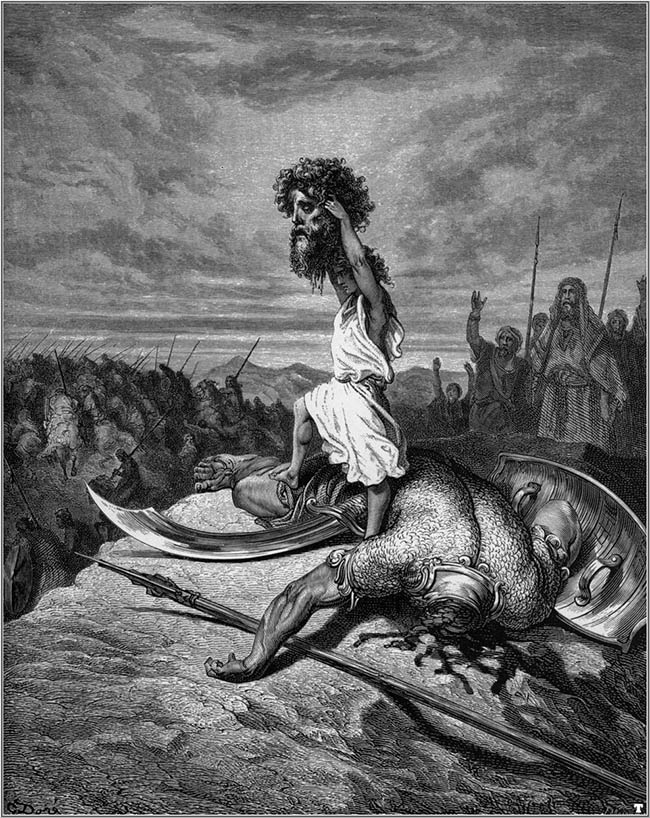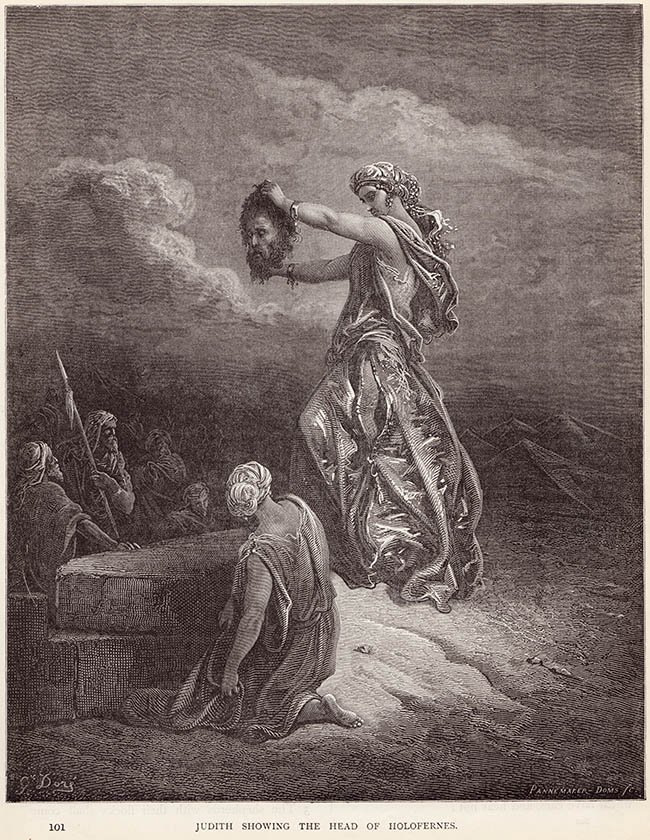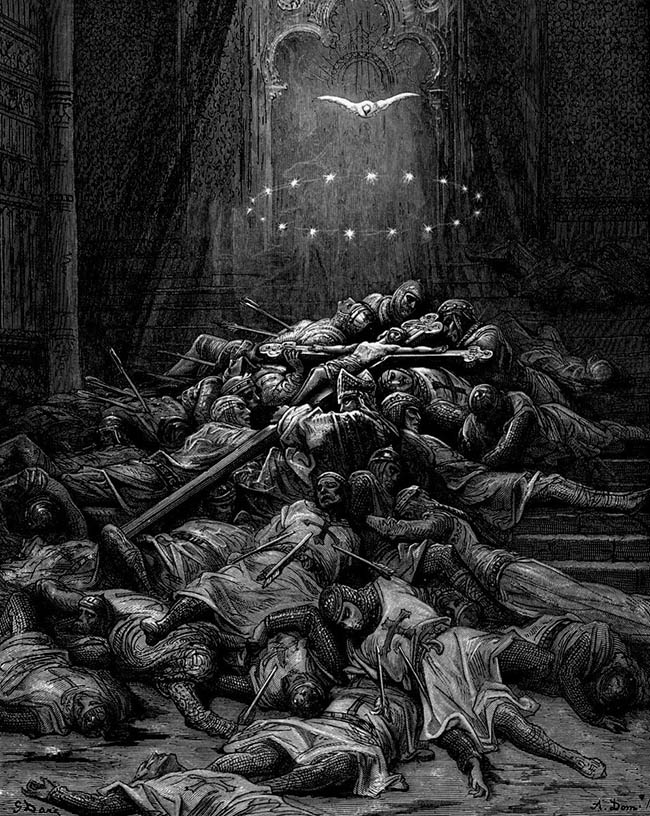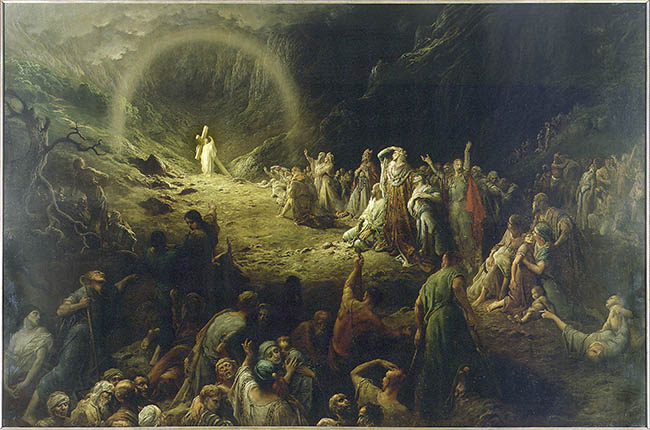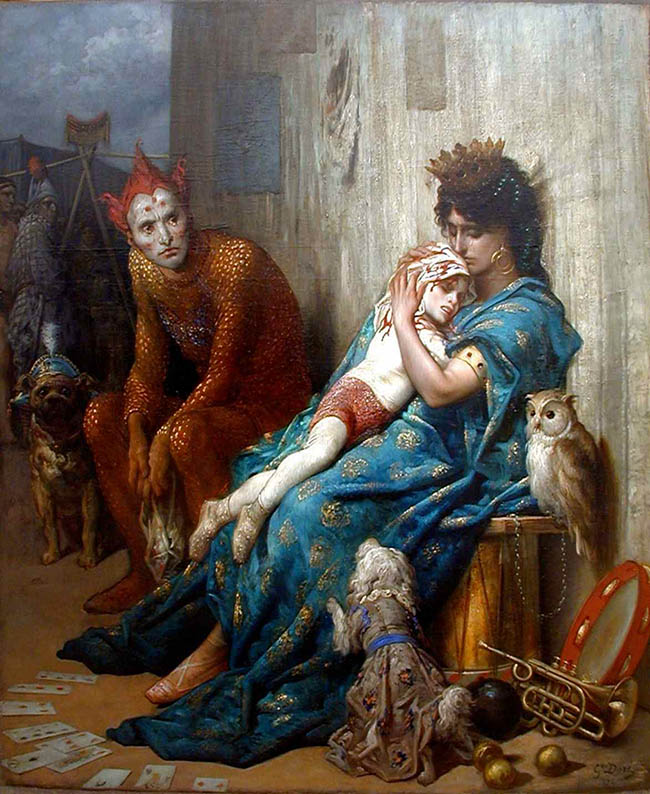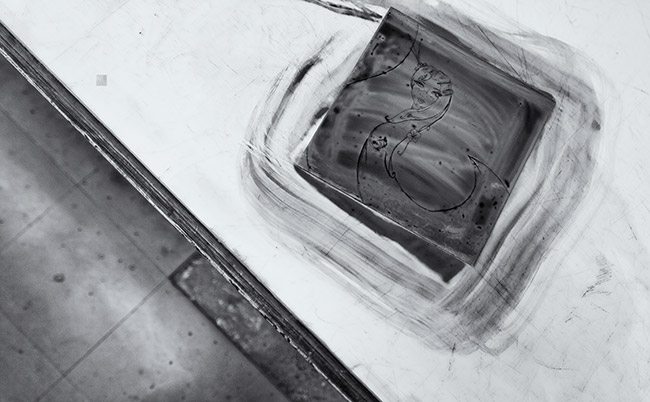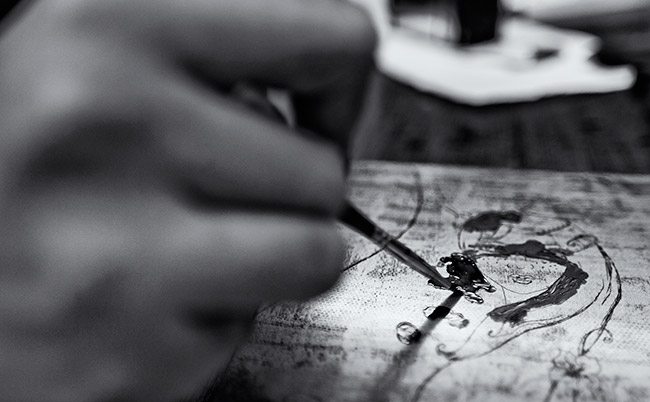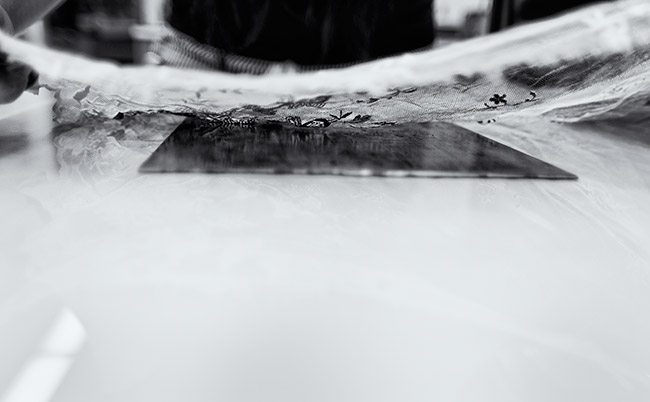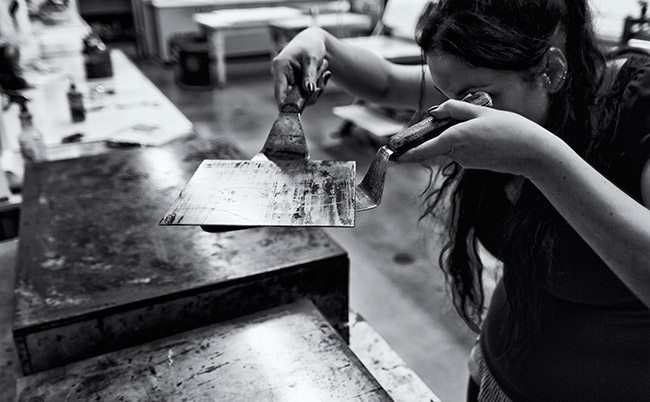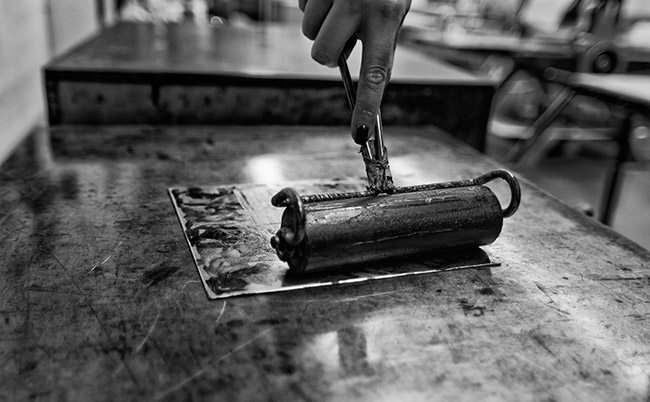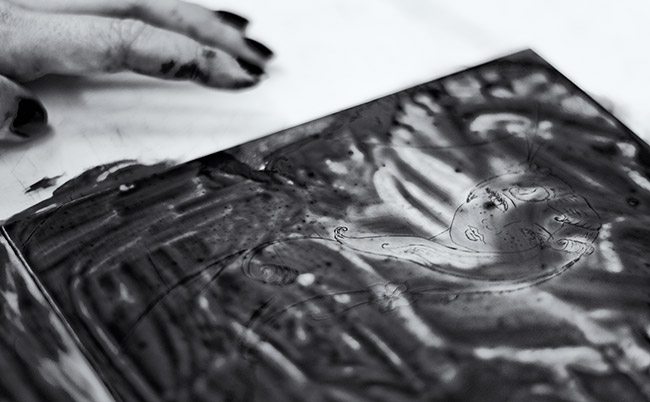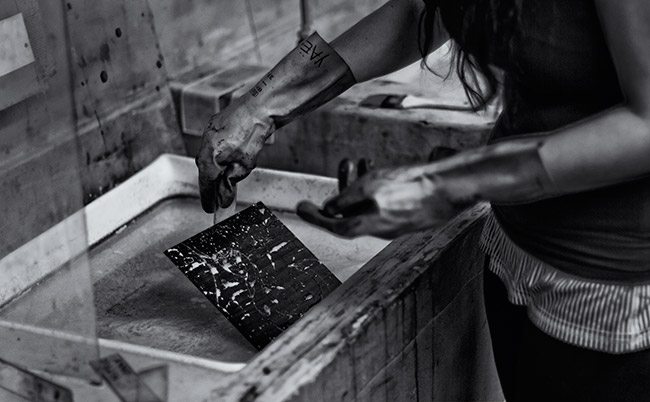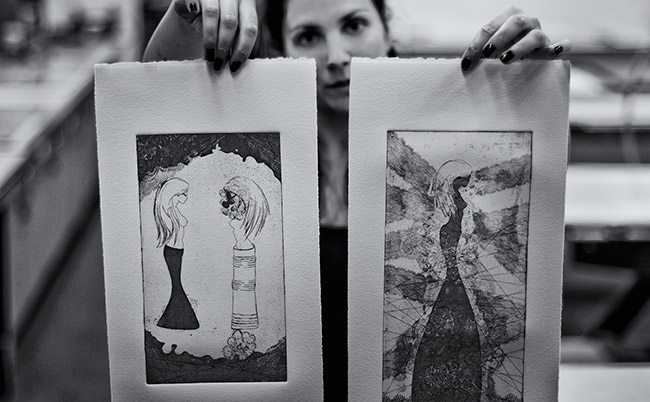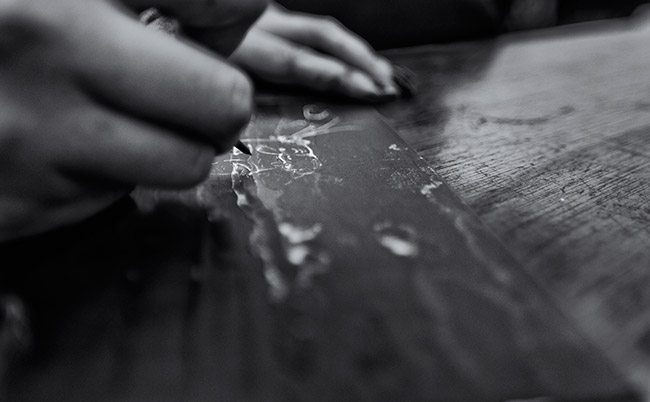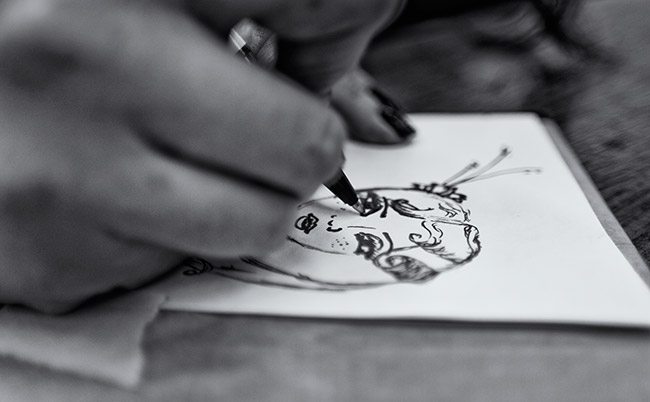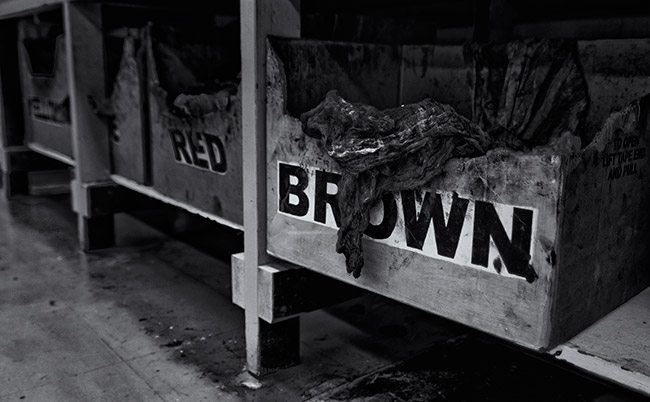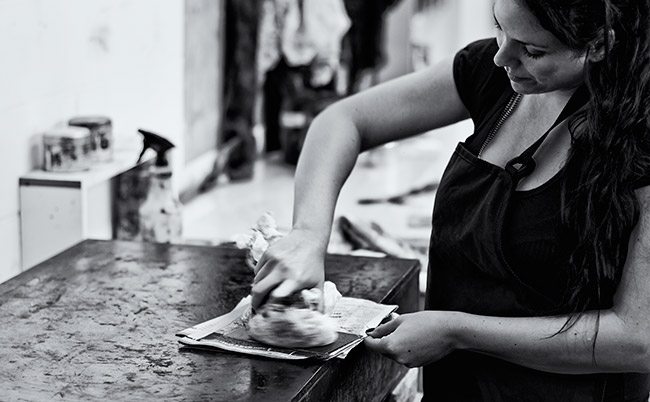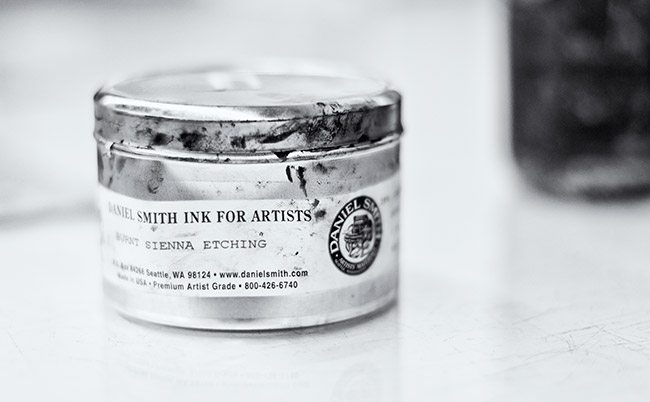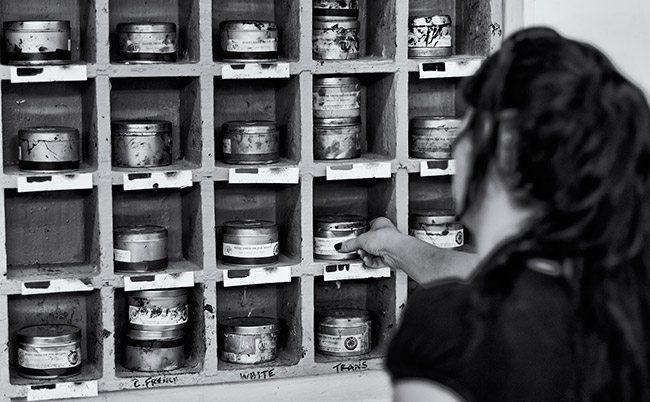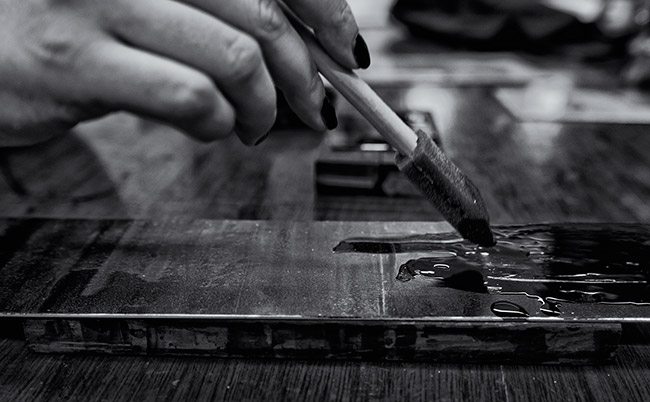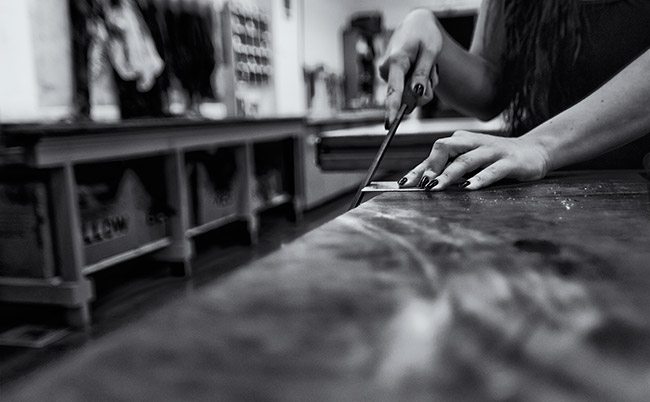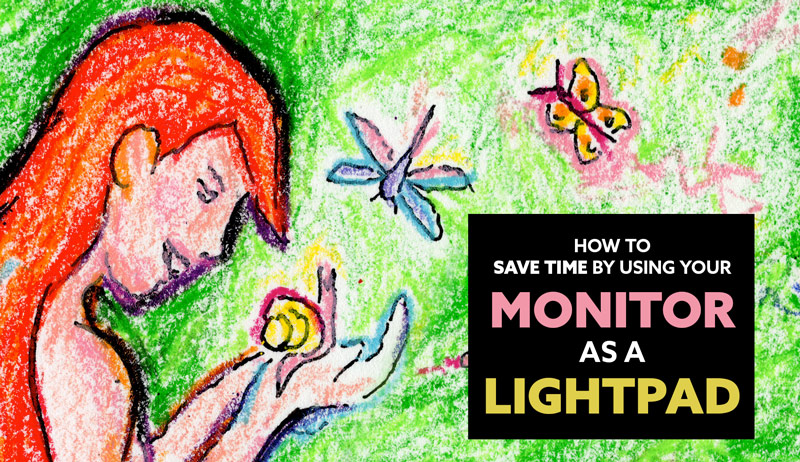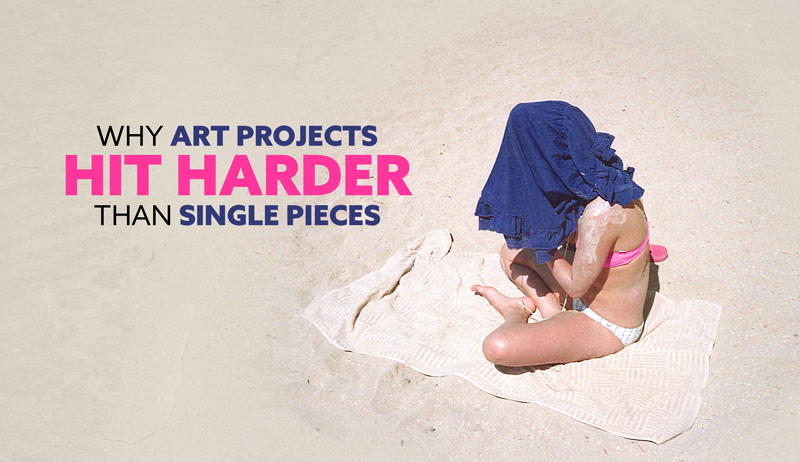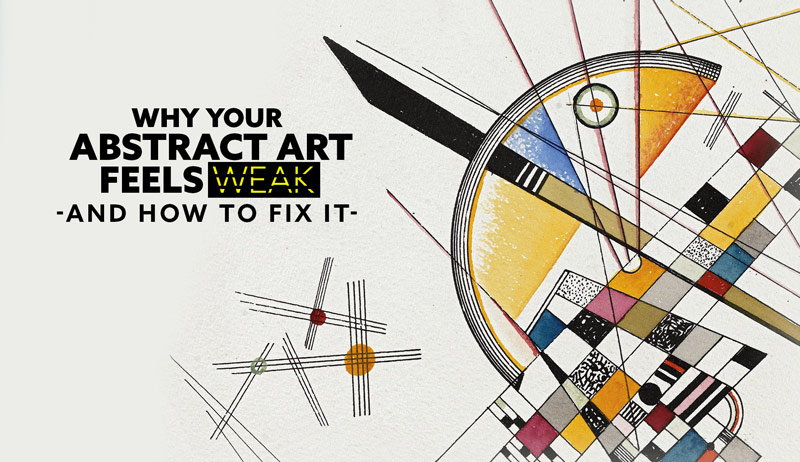Printmaking Artist Gustave Dore
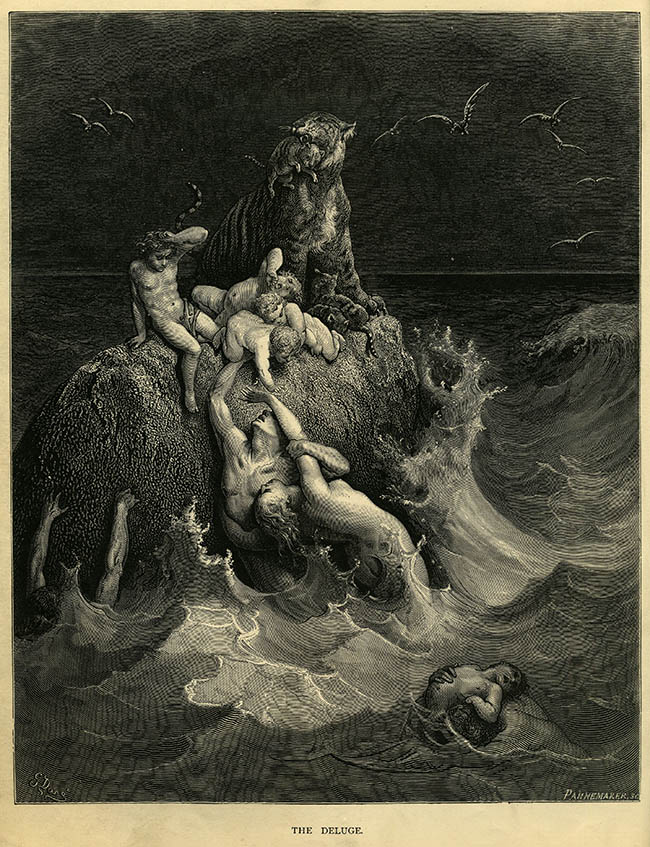
#386
How’s everyone doing today? You don’t have to answer that, but I hope all is going well in your part of the world. Today we are going to take a look at Gustave Dore, a master artist I stumbled across while researching another. I was blown away with the atmosphere he was able to create…especially when I found out it was created by printmaking.
If you didn’t click on the link above, Printmaking is a very involved process which includes, etching, bathing in acid, washing, rolling, pressing, printing…man is it intense. I was able to photograph a talented local printmaker (Yael Pouffary) in Hawaii a few years back (January, 2013) and I had no idea how intense (and ancient) the printmaking process was. Each print is considered an original piece of work because of the way it is created. The plate is etched upon and each print may have different amounts of ink pressed onto the paper which creates an original piece every time. You’ll see Yael’s printmaking process further below.
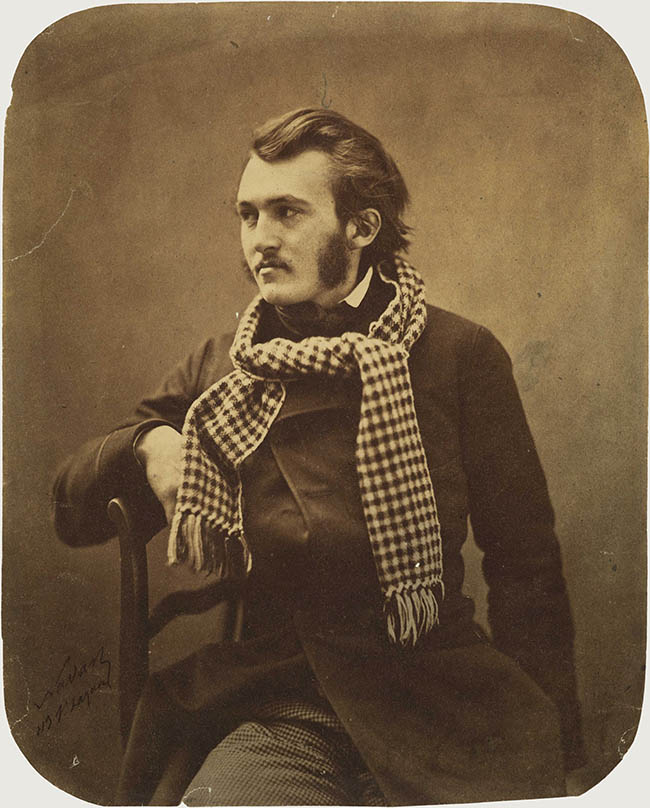
As we take a closer look at Dore’s printmaking we can see that he was very creative and was able to produce an atmosphere full of depth. Creating depth in your art is by having a great understanding of aerial perspective (see Day 43). This is a term every artist should know and understand, along with Gestalt psychology techniques (a.k.a. visual perception).
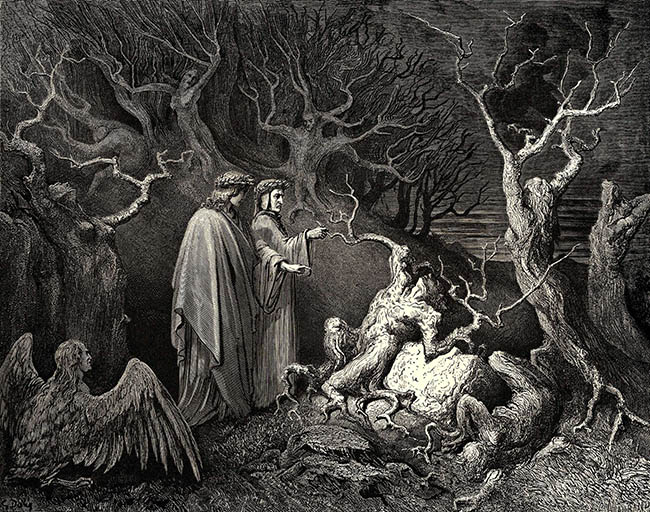
In this next drama filled piece we can see that he’s got some very prominent diagonals being used. That forked spear, or bident, is the major sinister diagonal. This leads us to believe that he is using the grid to help organize his composition. Let’s see if we are right!
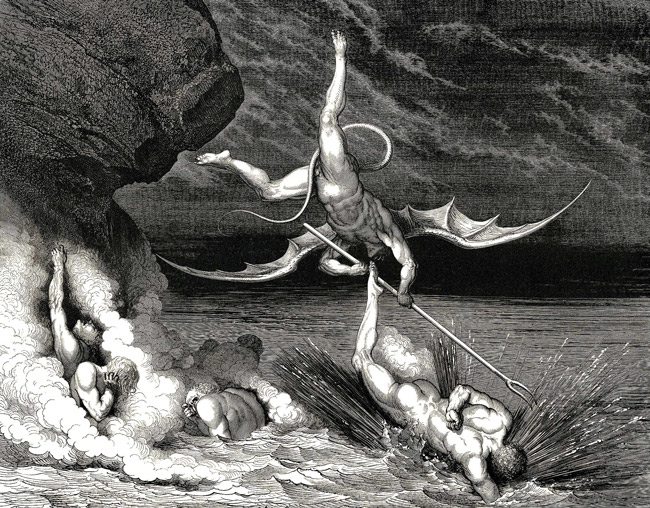
Once the Root Phi (see Day 14) is laid on top of the print we can see that the Bident is paralleling the sinister diagonal perfectly. If you take what we learned in the article on Gamut (see Day 38), we’ll know that we can follow this major diagonal across the piece and see the repeating intervals. We can even see the leg of the demon locking in as well as it’s wing.
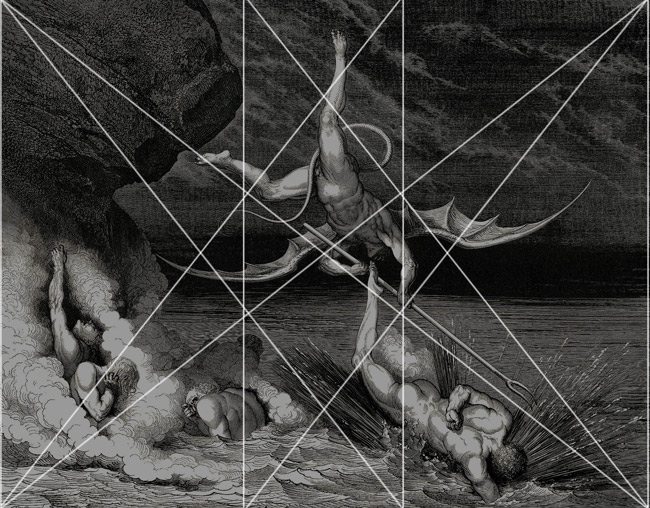
With the smaller Root Phi rectangles in place we can see even more locking in. Dore is using classical composition techniques just as the master painters did before him. Wow, that’s impressive considering the medium he is working in! He surely had to plan everything out on paper before he began to etch.
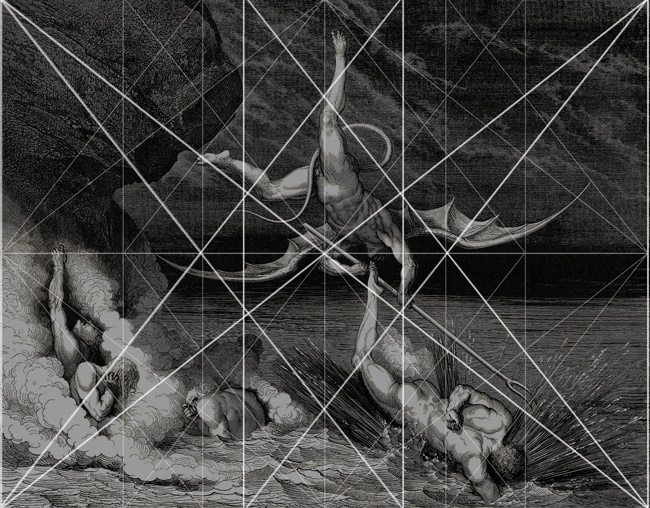
Here are some more great examples of his work. He even did some rather amazing paintings which you’ll see below.
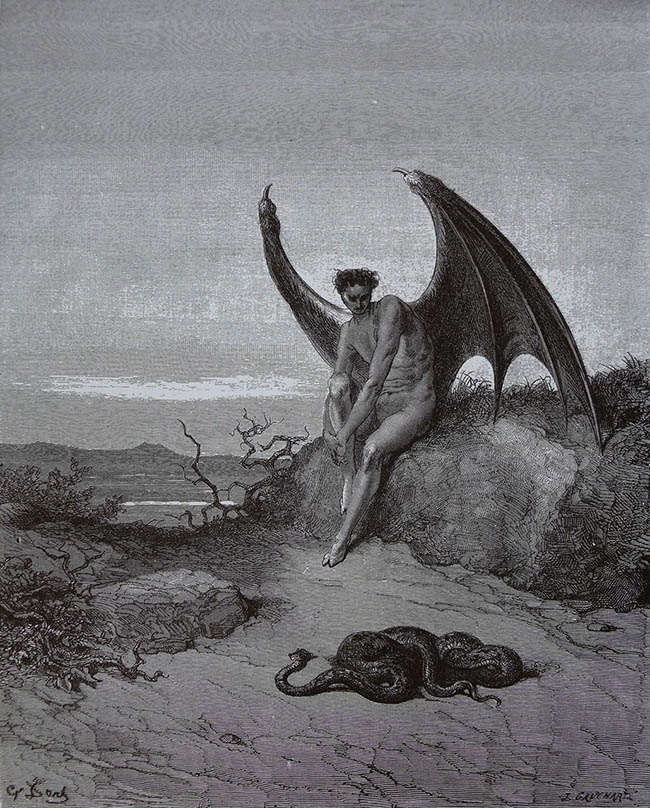
For subject matter, you can’t go wrong with a good ol’ beheading. This looks like your old friend David holding Goliath’s head. Then again, it could be Frodo Baggins causing some mischief.
Another beheading, but this time it’s Judith holding the head of the well known jerk, Holofernes.
This detail is insane! Each white line is where Dore etched into the metal plate. He must’ve used a ruler on the shading of the arm because the lines are perfectly straight compared to the wavy background.
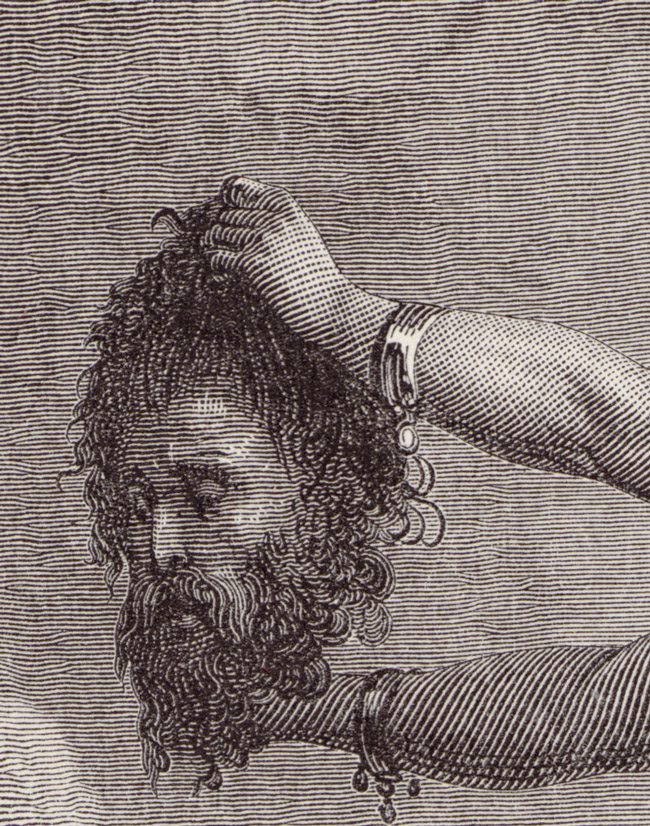
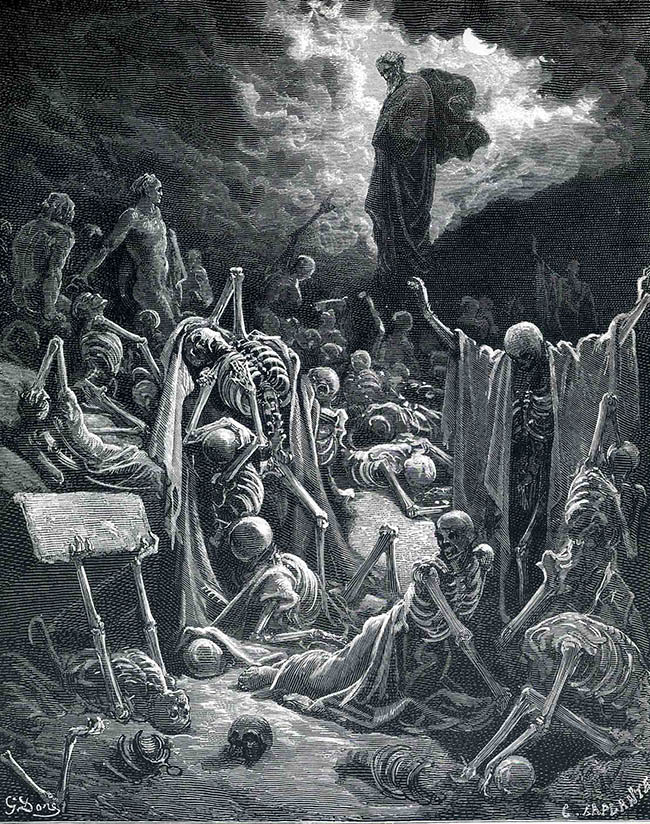
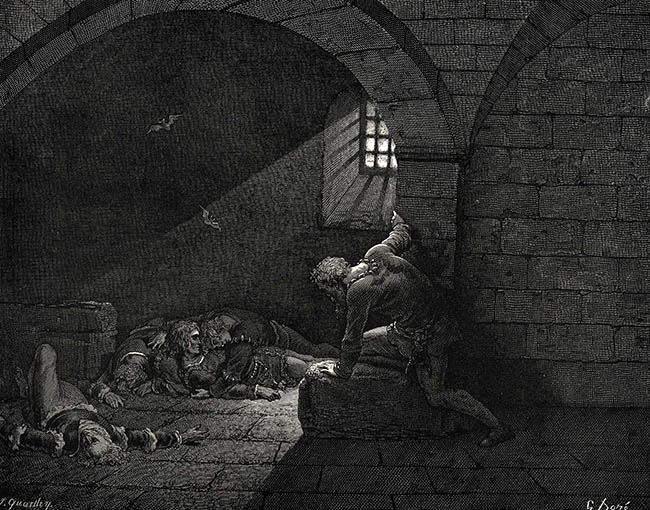
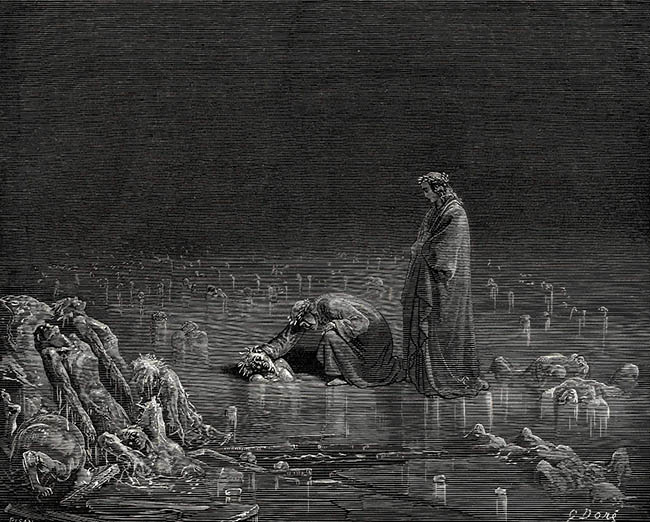

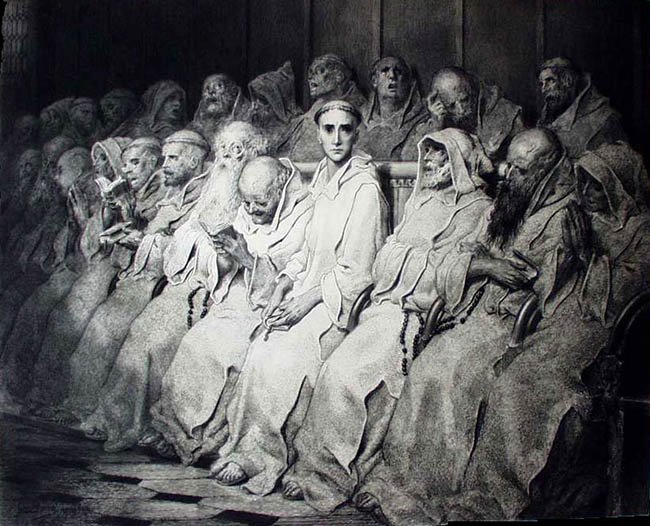
Gustave Dore was also a skilled painter. Check out the aerial perspective and composition he uses in these next pieces!
This is too cool! You can see the circular motion he’s creating with the positioning of the Nymph’s. It’s so alive!
Look at the way that child stands out in the composition. This is because Dore uses Aerial perspective and Figure-Ground Relationship like a master. He understands light and how to create the illusion of depth.
Here are some photos from the printmaking process featuring Yael and her finished pieces of art. You’ll get an idea of how crazy and challenging the process is.
Well, that’s it for today. Thanks for stopping by and learning a bit more about this amazing artist. Please share it with your artist friends if you think it will inspire their creativity. See you next time!



